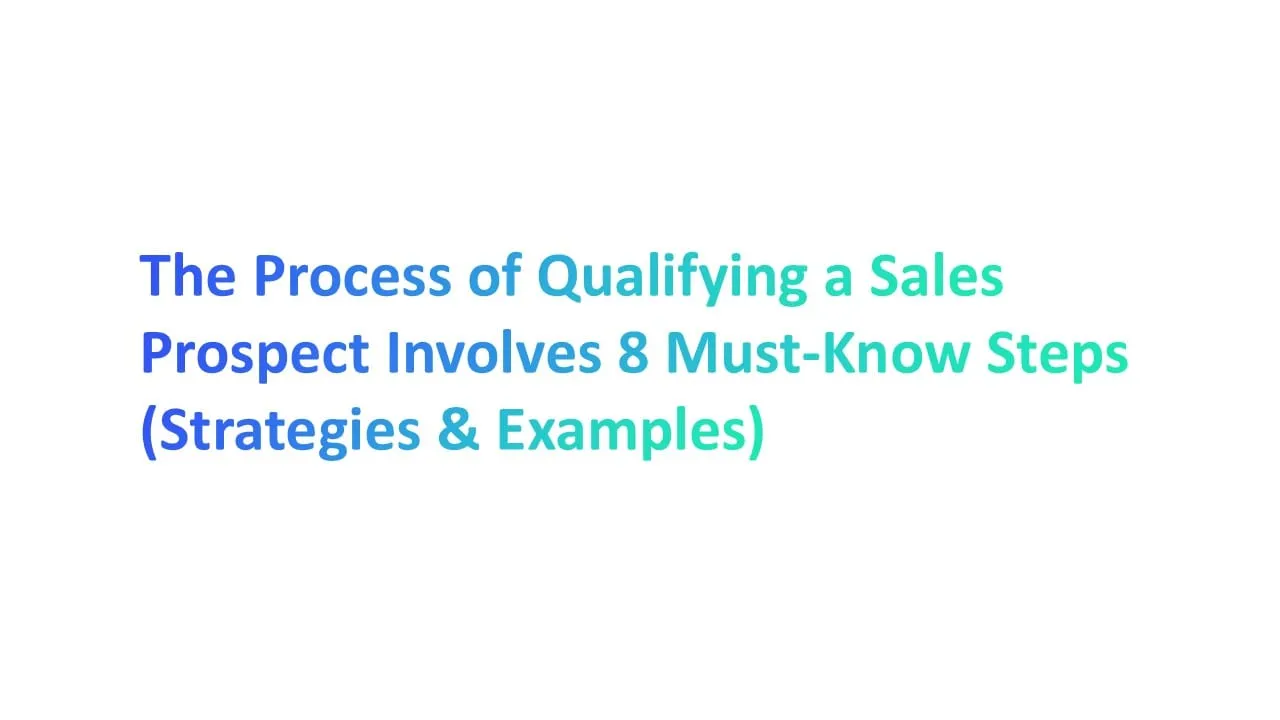Introduction
The UCEPROTECTL3 Blacklist is a formidable entity in the world of email deliverability, targeting not just individual IP addresses but entire ranges associated with Internet Service Providers (ISPs) known for poor email practices. This guide delves into the intricacies of UCEPROTECTL3, offering insights and actionable advice for those affected.
Understanding UCEPROTECTL3 Blacklist
What is UCEPROTECTL3?
UCEPROTECTL3 is the most severe level of blacklisting by UCEPROTECT, focusing on ISPs and hosting providers rather than individual senders. It blacklists entire IP ranges when a significant portion of traffic from these ranges is identified as spam. This level aims to pressure providers into enforcing stricter anti-spam measures.
The Impact of Being Blacklisted
Being on the UCEPROTECTL3 blacklist can severely affect your email deliverability, especially if your recipients use this list to filter incoming emails. It can lead to a significant increase in email bounces and a decrease in overall email performance.
How to Identify if You're on the UCEPROTECTL3 Blacklist
To check if you're on the UCEPROTECTL3 blacklist, use online tools like MXToolbox or directly visit the UCEPROTECT website. These tools will indicate whether your IP range is currently listed and provide details on the reasons for blacklisting.
Delisting from UCEPROTECTL3
Automatic Delisting
UCEPROTECTL3 operates on an automatic delisting process where listed IP ranges are removed after a certain period, typically 7 days, if no further spam activity is detected from the range.
Manual Delisting and Payments
While UCEPROTECT suggests that payments can expedite delisting, this practice is controversial. Paying for delisting does not address the underlying issue of spam emanating from the network and can lead to re-listing if spam activities continue.
Strategies to Avoid UCEPROTECTL3 Listing
- Maintain Email Hygiene: Ensure that your email practices are clean and compliant with anti-spam laws. Regularly audit your email lists and remove unengaged subscribers.
- Monitor Email Traffic: Keep a close eye on your email traffic for any unusual activity that could indicate spamming.
- Educate Your Users: If you're an ISP or hosting provider, educate your customers about the importance of responsible email practices.
- Implement Anti-Spam Measures: Use advanced filtering and monitoring tools to detect and prevent spam from originating from your network.
UCEPROTECT's Controversial Practices
UCEPROTECT has faced criticism for its aggressive blacklisting practices and the option to pay for delisting. This section of the guide will explore these controversies and their implications for email senders and ISPs.
Monitoring and Improving Email Deliverability
Despite the challenges posed by UCEPROTECTL3, focusing on improving your email deliverability is crucial. Regularly monitor your sender reputation, engage in email warm-up practices, and use reliable email deliverability services to ensure your emails reach their intended recipients.
Conclusion
While being listed on the UCEPROTECTL3 blacklist can be daunting, understanding its mechanisms and actively working to improve your email practices can mitigate its impact. By fostering good email hygiene and maintaining a positive sender reputation, you can navigate the challenges of email blacklisting and ensure your communications remain effective.
FAQs on UCEPROTECTL3 Blacklist
1. What is UCEPROTECTL3 Blacklist?
UCEPROTECTL3 is a level of the UCEPROTECT network that blacklists entire ranges of IP addresses from Internet Service Providers (ISPs) known for not adequately controlling spam activities. It aims to encourage ISPs to implement stricter anti-spam measures.
2. How did my IP end up on the UCEPROTECTL3 Blacklist?
Your IP address could be part of a larger network or range that has been blacklisted due to the volume of spam originating from it. UCEPROTECTL3 often lists entire subnets rather than individual IPs to pressure ISPs into taking action against spam.
3. How can I check if I am on the UCEPROTECTL3 Blacklist?
You can use online blacklist checking tools like MXToolbox or directly visit the UCEPROTECT website to check if your IP address is listed.
4. Can I request to be removed from the UCEPROTECTL3 Blacklist?
No, individual removal requests are generally futile for UCEPROTECTL3. The blacklist operates at the network level, and only the ISP or network administrator can address the broader issues causing the listing.
5. How long does it take to be automatically delisted from UCEPROTECTL3?
Listings on UCEPROTECTL3 automatically expire after 7 days from the last detected spam activity from the network. However, if the spamming continues, the IP range will remain blacklisted.
6. Is paying for delisting from UCEPROTECTL3 recommended?
No, paying for delisting is not recommended as it does not address the underlying issue of spam originating from the network. It's better to work with your ISP or hosting provider to resolve the spam issues.
7. How does being on the UCEPROTECTL3 Blacklist affect my email deliverability?
Being on the UCEPROTECTL3 can significantly impact your email deliverability, especially if your recipients use this blacklist to filter incoming emails. It may result in your emails being blocked or sent to the spam folder.
8. What steps can I take to prevent getting listed on UCEPROTECTL3?
Ensure that your network is secure, do not send unsolicited bulk emails, and work with your ISP or hosting provider to implement effective anti-spam measures. Regularly monitor your network's email sending practices and maintain a good sender reputation.
9. Does UCEPROTECTL3 list individual IP addresses or entire networks?
UCEPROTECTL3 primarily lists entire networks or subnets rather than individual IP addresses. This approach is taken to pressure ISPs and large hosting providers to take action against widespread spamming activities within their networks.
10. What should I do if my hosting provider is listed on UCEPROTECTL3?
Contact your hosting provider to inform them of the listing and encourage them to take necessary actions to resolve the spam issues. If the problem persists, consider switching to a more reputable hosting provider.
11. Are there any reliable alternatives to UCEPROTECTL3 for spam protection?
Yes, there are many other reputable spam protection services and blacklists like Spamhaus, SURBL, and others that are widely used and respected in the industry. These services often have more transparent listing and delisting policies.
12. How can I improve my sender reputation if I am affected by UCEPROTECTL3?
Focus on sending quality, relevant content to engaged subscribers, maintain a clean email list, and use email authentication methods like SPF, DKIM, and DMARC. Consider using email warm-up services to gradually build a positive sending history.
13. Is UCEPROTECTL3 legally recognized or regulated?
UCEPROTECTL3, like many other blacklists, operates independently and is not regulated by any official legal entity. It's part of the broader community-driven efforts to combat spam and email abuse on the internet.
14. Can being on UCEPROTECTL3 lead to legal action against my business?
Being listed on UCEPROTECTL3 itself does not lead to legal action. However, if your business is involved in sending spam or malicious content, you could be subject to legal consequences under laws like the CAN-SPAM Act or GDPR, depending on the nature and severity of the violation.
Further Reading on Email Blacklists and Delisting Processes
For those looking to deepen their understanding of various email blacklists and learn how to effectively manage and remove listings, here are comprehensive guides to assist you:
- Mastering the SEM Fresh Blacklist: Your Complete Guide to Understanding and Delisting
Dive into the specifics of the SEM Fresh Blacklist, including its unique focus on spammy domain names and the steps to delist your domain. - Mastering the Sorbs DUHL Blacklist: Your Complete Guide to Understanding and Delisting
Explore the intricacies of the Sorbs DUHL Blacklist and learn how to navigate the delisting process effectively. - Spamhaus Zen Blacklist: Understanding and Delisting Your Domain
Gain insights into the Spamhaus Zen Blacklist, its impact on your email deliverability, and how to remove your domain from this list. - RATS-Dyna Blacklist: Understanding What it is and How to Get Delisted
Discover what the RATS-Dyna Blacklist entails and the steps required to get your IP address delisted. - What is Backscatterer Blacklist and How to Delist Yourself from Backscatterer Blacklist
Learn about the Backscatterer Blacklist and the process for removing your IP address from this list. - What is Truncate Blacklist & How to Delist Your Domain from Truncate Blacklist
Understand the Truncate Blacklist and find out how to clear your domain from its records. - Understanding UCEPROTECTL1 Blacklist & How to get delisted
Get to know the UCEPROTECTL1 Blacklist and the necessary steps to delist your IP or domain. - UCEPROTECTL2 Blacklist: Comprehensive Guide and Delisting Process
Delve into the details of the UCEPROTECTL2 Blacklist and how to navigate the delisting procedure. - UCEPROTECTL3 Blacklist: Comprehensive Guide and Delisting Process
Explore the comprehensive guide on the UCEPROTECTL3 Blacklist and understand the delisting process. - Understanding the RATS-Spam Blacklist: Definition and Delisting Process
Learn about the RATS-Spam Blacklist and how to effectively remove your IP from this list. - Suomispam Reputation Blacklist: Understanding and Delisting Guide
Discover the Suomispam Reputation Blacklist and the steps to clear your domain or IP from its records.
These resources provide valuable insights and actionable steps to help you manage and mitigate the impact of blacklisting on your email deliverability and reputation.









